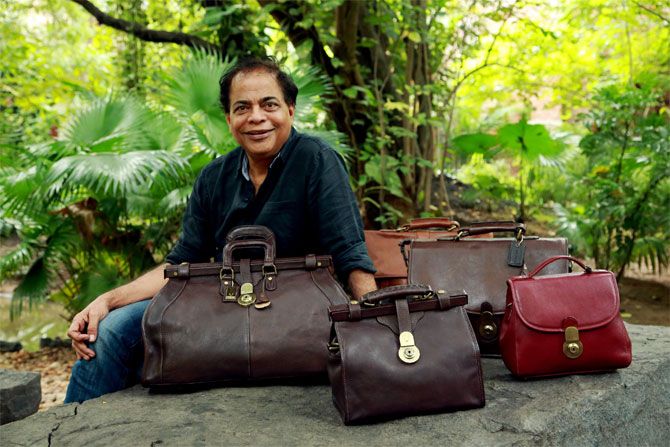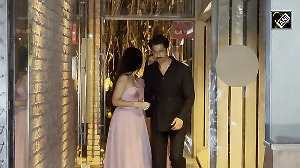For a brand that is still heavily reliant on traditional brick-and-mortar channels, airports are its new malls, drawing in young travelling professionals and encouraging impulse purchases. T E Narasimhan reports.

Over the past year, Hidesign, the Puducherry-headquartered bags and accessories label has opened eight stores, all of them at airports. For a brand that is still heavily reliant on traditional brick-and-mortar channels, airports are its new malls, drawing in young travelling professionals and encouraging impulse purchases.
The brand is going where our customers are, says Hidesign founder Dilip Kapur who believes that Indian malls are no longer shopping havens, at least not for the likes of brands like his. He has opened six airport stores in the last month, three each in New Delhi and Kolkata.
Interestingly, the cost of setting up a store at an airport is double that of a mall in a metro. But that does not seem to be a deterrent to Hidesign's airport-led expansion strategy that is being supplemented with online sales channels. At present it has 67 standalones and 14 airport stores. It is eyeing 10 upcoming airports as part of its expansion plan. Hidesign positions itself in the traditional-premium segment.
While it has always been seen as a brand for the urban, middle-aged professional, the company is hoping to lure in a younger and affluent crowd. The young, it says, are already drawn towards the label for its design sensibilities and also because many are being introduced to the product by their parents.
While the bulk of its customers (53 per cent) are still in the 25-35 year age band, the second largest category at 26 per cent is now under 25 years, the company says.
"It is not that we have become less expensive, or we are diluting our brand to become a mass player. Many young buyers are aspirational in their purchase behaviour and are travelling globally (and choosing the brand)," Kapur says, elaborating on why he thinks the young are buying his brand.
With millennials on its radar, the company drew up an expansion map that would increase visibility and provide easy access to this group. Hence, the focus on airports.
According to Nielsen Global (survey of global millennial travellers, January 2017), more than 50 per cent say they take at least two global long haul trips.
More than 63 per cent purchased a premium or luxury item in the watch, jewellery, clothing, bag, accessory or spirit category in the past year. Another 4 per cent plan to make a premium or luxury purchase soon.
Hidesign is also sprucing up the brand's online avatar.
Over the past year, online sales (via its website and through e-commerce channels) have jumped 72 per cent, the company says.
Besides developing digital marketing channels, the company is also engaging with its customers online. Currently, it spends close to Rs 15 crore on marketing and advertising and close to 25 per cent of the total budget is for digital channels.
Online communication, the company expects, will help leverage the loyalty the brand enjoys among a section of its buyers.
Around 80 per cent of the footfalls in the existing stores are from people who already own a Hidesign product, the company claims. But Kapur says the brand has not done enough to cash in on the brand's goodwill. "We do a bad job in staying connected with the people," says Kapur.
Apart from using online channels to stay connected with its old customers, Hidesign is also enhancing its in-store experience, hoping to keep the footfalls high. Perhaps paying heed to the numerous customer surveys that indicate that millennials hunt for a memorable purchase experience, the stores are being designed as a walk through the brand's history.
The new stores are also being designed to convey the brand's efforts at sustainability and the underlying design philosophy of its products. By doing this, the objective is to be more than just a bag brand and extend the label to allied products.
The company has forayed into footwear and is now looking at sunglasses and other accessories. Today around 10-12 per cent of the revenue comes from brand extensions, which the company wants to take up to 20 per cent.
In the domestic market, the company is looking at around 25-30 per cent steady growth in the coming years. It has clocked revenues of Rs 150 crore in FY16.
Even though the brand has a presence in a few international markets and launched in the US last year, it has found it difficult to break through the dominion of Italian and German brands.
The company admits that the going has been tough as it is difficult to get noticed in developed markets. But Kapur believes he is making headway. However, he is hedging his bets with the international business and stepping up his plans for Asia and Africa where he believes Hidesign has a better shot at bagging customers.












 © 2025
© 2025